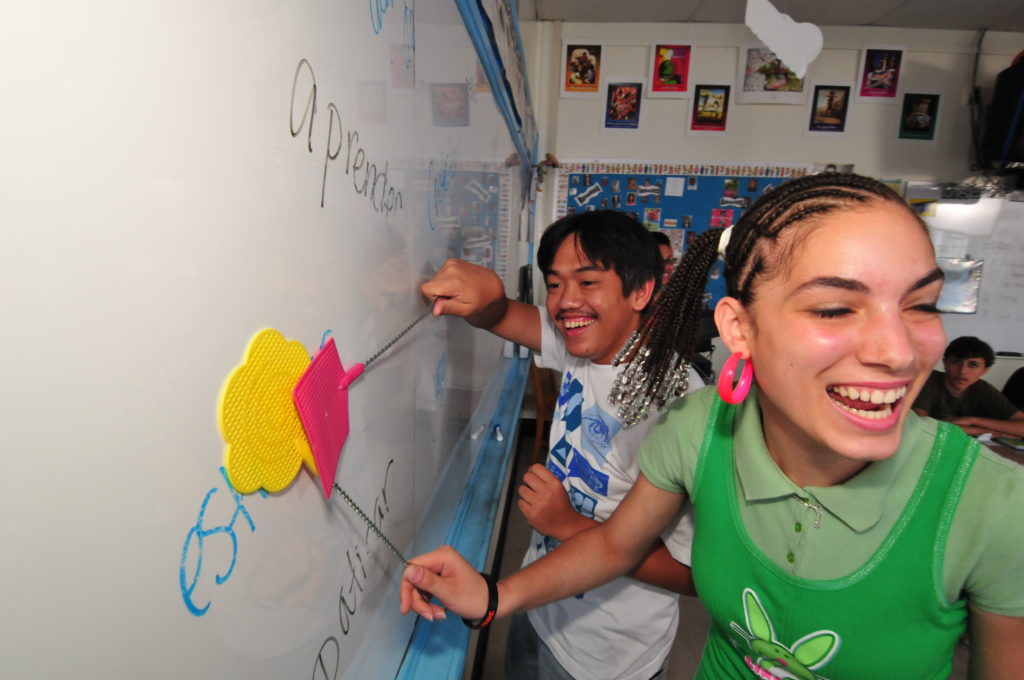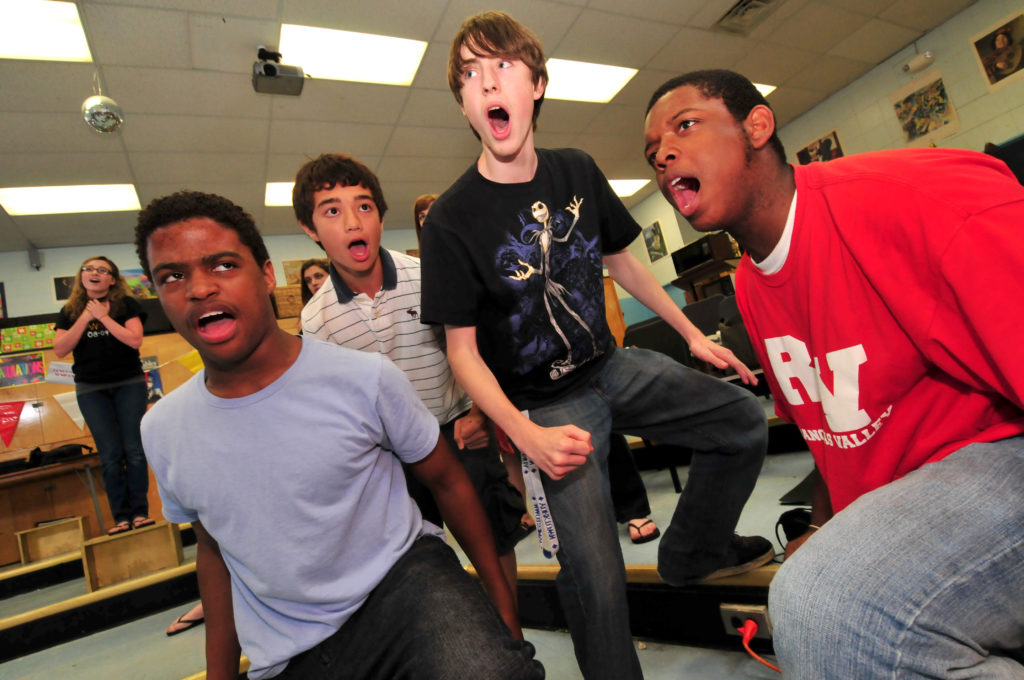“Only those who will risk going too far can possibly find out how far one can go.” — T.S. Eliot
Eliot’s philosophy is one I want my students to remember often. I encourage intellectual risk-taking in my classroom because without risk, students don’t imagine, they don’t create, and they don’t grow.
A culture of creativity allows students to feel comfortable and safe to ask questions and to respond. It encourages them to think outside of the box and explore uncharted territory. Building a safe and creative space does not happen by accident; instead, it takes time and effort. To pull the best out of your students, try the following:
Tell students it’s okay to make mistakes.
We are all afraid to make mistakes. However, I tell my students that if they play it safe all the time, they won’t make discoveries. And by stepping outside of their comfort zones and taking risks, they’re bound to make mistakes.
Fortunately, failure in real life is inevitable and even valuable. Failure in the classroom often benefits students, too. The teacher who encourages risks and possible failures will establish a climate of shared learning in which students can benefit from each other’s ideas and experiences.
Redefine failure by reminding students that it’s acceptable to make an error. Tell them repeatedly that most successes do not come without missteps. Steven Spielberg. Leonardo da Vinci. Michael Jordan. They all fell down a time or two on their way to achievement. Even after a significant failure, success in life is still possible. Success in the classroom practically requires students to make mistakes.
Allow freedom.
Rules that are too rigid tie students up creatively and create learning blocks. Especially with older students, encourage them to experiment with the rules of “accepted thinking” from time to time. Provide them with opportunities to tackle abstract challenges. When we allow students to sit in a gray area, we open the door to creative and unique thinking.
For example, I constantly remind my AP English Literature students that some of the writing “rules” they learned when they were younger don’t necessarily apply any more. Starting a complete sentence with “because” can be effective. In creative writing, a sentence fragment can add dimension. Essays don’t always have to be five paragraphs.
When encouraging students to play with these rules, make sure they understand the rationale. Explain the reason why they learned one rule when they were younger and why you’re now asking them to try a new approach.
Similarly, encourage students to ask questions often as they navigate creatively. It’s a complex process, but open communication, patience, and perseverance will lead to results.
Address errors without overcorrecting.
Correcting students is an art form that I am still working on after years of teaching. I don’t want to discourage students, but I also can’t let incorrect information persist.
To combat this, I use formative assessment often and technology when possible. I have Chromebooks students use to submit answers during lessons because I can then see how every student has responded, but nobody else can. This way I can also provide instant feedback, and they feel safe responding even if they’re not initially confident in their answers.
If you do not have 1:1 technology readily available, there are low-tech options that also work well! Utilize tools such as Plickers, or have students write their answers down and pass them in before going over the answers out loud. This type of activity can be an ungraded assignment to assess students’ knowledge without teachers needing to correct them in front of the group.
As educators, we should remember that creativity is crucial to our students’ intellectual development. When they feel comfortable enough to think outside of the box, we know we have inspired genuine learning.




